A new phase in Bark’s beaver work
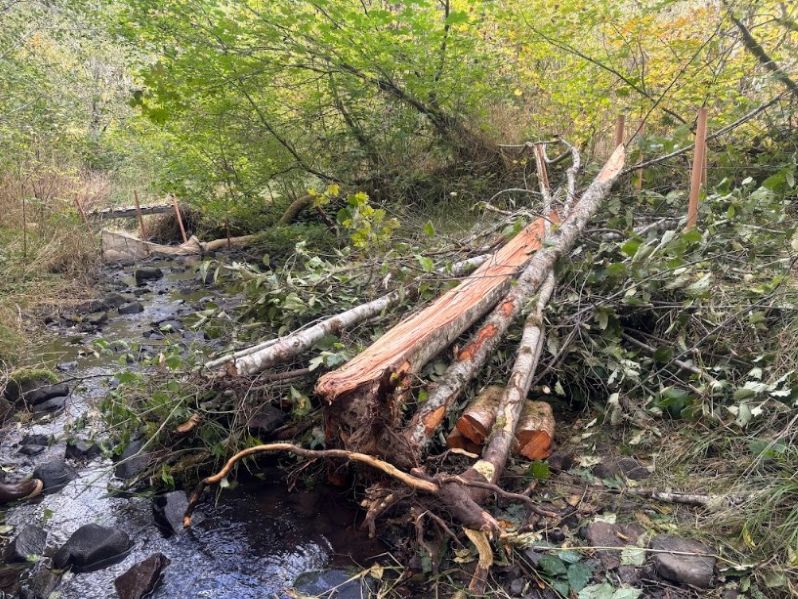
Plus, more on our renewed partnership with Crag Law Center + we’re in Give!Guide!
Bark staff were out on Monday in observation of Indigenous Peoples Day—the spirit of which we’ve been striving to integrate into our work all year. It was a beautiful sunny day (after a cold, rainy weekend), so we hope those of you who also had the day off had a chance to get out on the lands that Indigenous peoples such as the Multnomah, Kathlamet, and Clackamas bands of the Chinuk, Tualitin, Kalapuya, Molalla, Tenino, Wasco, Wishram, Paiute, and many other Native peoples have stewarded since time immemorial. We’re grateful to continue to learn from our Indigenous partners at Parrott Creek’s Cultural Ecology Project and the Confederated Tribes of Warm Springs’s Branch of Natural Resources.
Read on for exciting announcements about the next phase of our Beaver Habitat program, our renewed partnership with Brenna Bell and Crag Law Center, and our upcoming Give!Guide campaign! Keep scrolling for the latest on our second annual Community Confluence, which is just a few weeks away. Don’t wait ’til we sell out, get your tickets now!
A new phase for Bark’s Beaver Habitat program
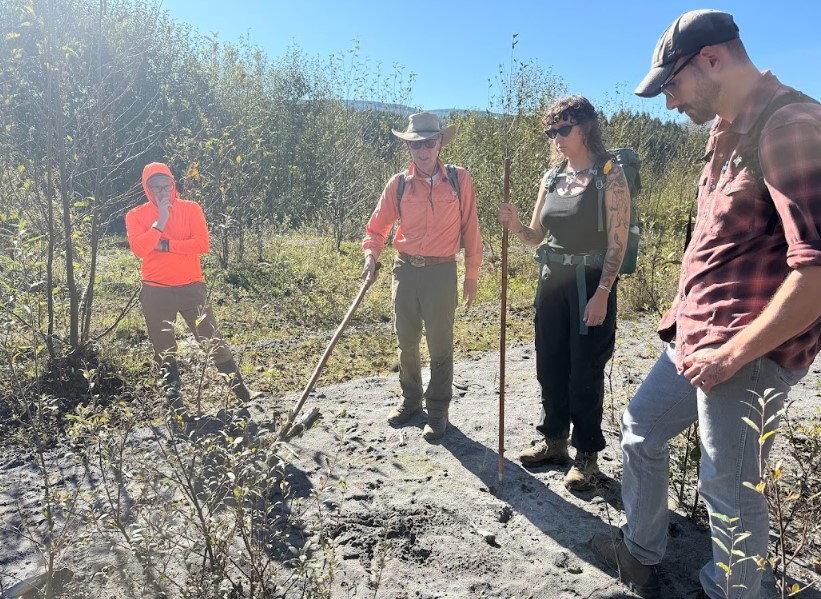
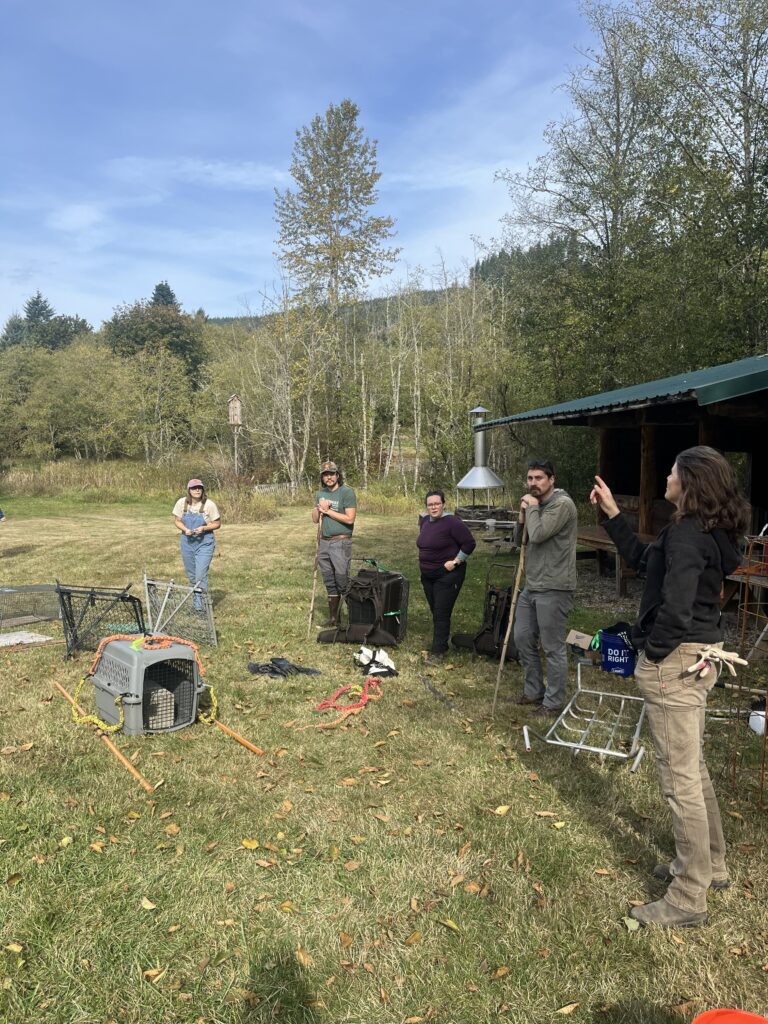
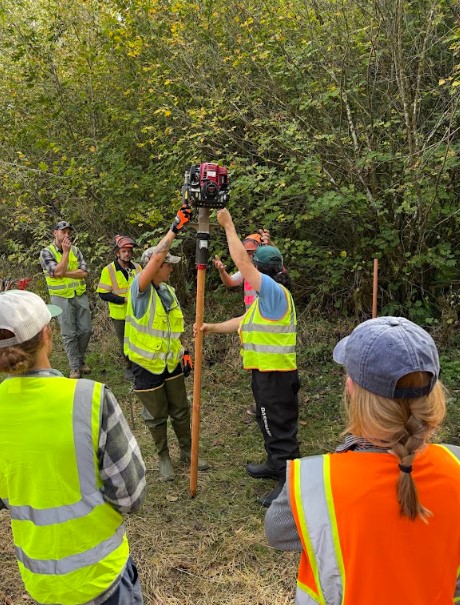
Fall is a busy time for beavers—and Bark’s Beaver Habitat program. Behind the scenes, Bark’s Restoration Manager, Meg Waller, has been preparing for an exciting development years in the making. After hundreds of hours of field surveys to identify current, past, and potential future beaver habitat, we’re excited to announce that Bark’s Beaver Habitat program is entering a new phase: active restoration of beaver habitat on Mt. Hood National Forest!
We’ve just received the go-ahead from MHNF leadership to proceed with our beaver-focused restoration plans—involving willow plantings and post-restoration monitoring—at three sites in the Clackamas River District this November. These plants are vital woody food sources for beavers and will be targeted at high-priority sites that lack sufficient food sources but otherwise provide excellent beaver habitat. Stay tuned for further details, as volunteer help will be needed!
This great news comes right on the heels of Meg’s return from River Restoration Northwest’s Fall 2025 short course, Partnering with Beaver in River Restoration. Led in part by our friend and mentor, Alexa Whipple of the Methow Beaver Project, among other leading experts, this 3-day intensive training provided hands-on experience with designing & building beaver dam analogs (BDAs), post- assisted log structures (PALs), and other tools to foster beaver-human coexistence. After our willow plantings, these are exactly the kind of advanced restoration techniques we hope to implement during upcoming field seasons.
Check out more of Meg’s photos from the 3-day course here!
Strengthening our Legal Firepower for the Forest
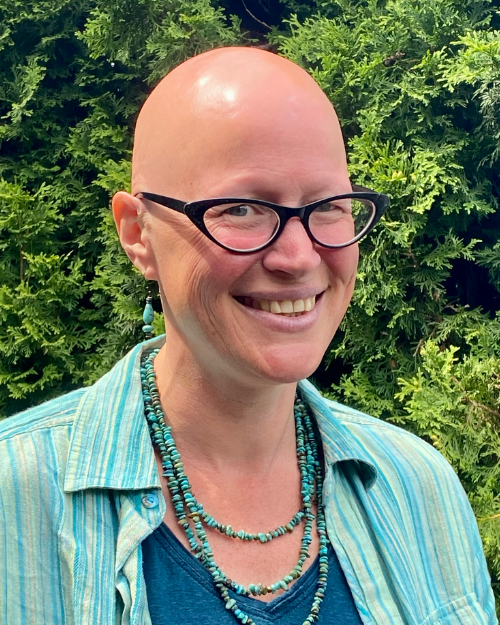
We’re excited to share that Bark has contracted with former staff attorney Brenna Bell—who successfully litigated the Crystal Clear case and is now with Crag Law Center—to provide ongoing legal support for our forest defense work.
Brenna will contribute 10 hours per month of pro bono legal analysis, helping us ensure that the Forest Service complies with the law in its management of Mt. Hood National Forest. Her background and deep expertise on this topic will be invaluable in helping us navigate a rapidly changing forest policy landscape and will bolster Bark’s legal capacity for the likely fights ahead.
This partnership strengthens Bark’s ability to hold decision-makers accountable and defend the forests we all depend on. We’re grateful to Brenna and Crag Law Center for their support!
Save the dates! We’re in Give!Guide
We’re thrilled to once again be part of Willamette Week’s Give!Guide! From November through December, you can support Bark and 275 other incredible local nonprofits working to make our region stronger and more just. Every donation of $10 or more helps protect Mt. Hood’s forests and gets you entered to win fun prizes on Big Give Days!
Plus, all Give!Guide donors to Bark will get 10% off at SymbiOp Garden Shop!
Give local. Give for the forests. Give at giveguide.org/nonprofits/bark starting November 1st!

Give now, save more: Make the most of your charitable giving before tax changes in 2026!
Big changes are coming to charitable giving rules next year. Under the Budget Bill passed in July, starting in 2026, new limits on itemized deductions will make it harder for some donors to claim full tax benefits for their charitable gifts.
The good news? There’s still time to maximize your giving in 2025. By donating to Bark before December 31, you can take advantage of the current, more generous deduction rules—while directly supporting the protection and restoration of Mt. Hood’s forests.
Here are some actions you can take to maximize your giving under the new rules:
- Accelerate your giving right now — High earners may benefit from front-loading charitable giving in 2025 before tighter itemized deduction caps begin in 2026.
- Think beyond cash — Keep in mind that you can still avoid capital gains tax by giving noncash items such as long-term appreciated assets.
- Coordinate charitable and estate planning — The new legislation raises the estate and gift tax exemption to $15 million per individual ($30 million per couple), meaning far fewer estates will face federal estate tax. This creates a prime opportunity for advisors to align charitable giving with estate planning. By making lifetime gifts now—to donor-advised funds or other charitable vehicles—clients can reduce their taxable estate, gain immediate tax benefits, and preserve flexibility in their philanthropy.
Don’t wait to make your impact count. Bundle your charitable giving in 2025 before deduction limits take effect in 2026.